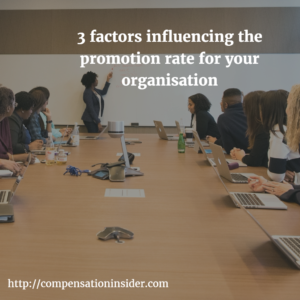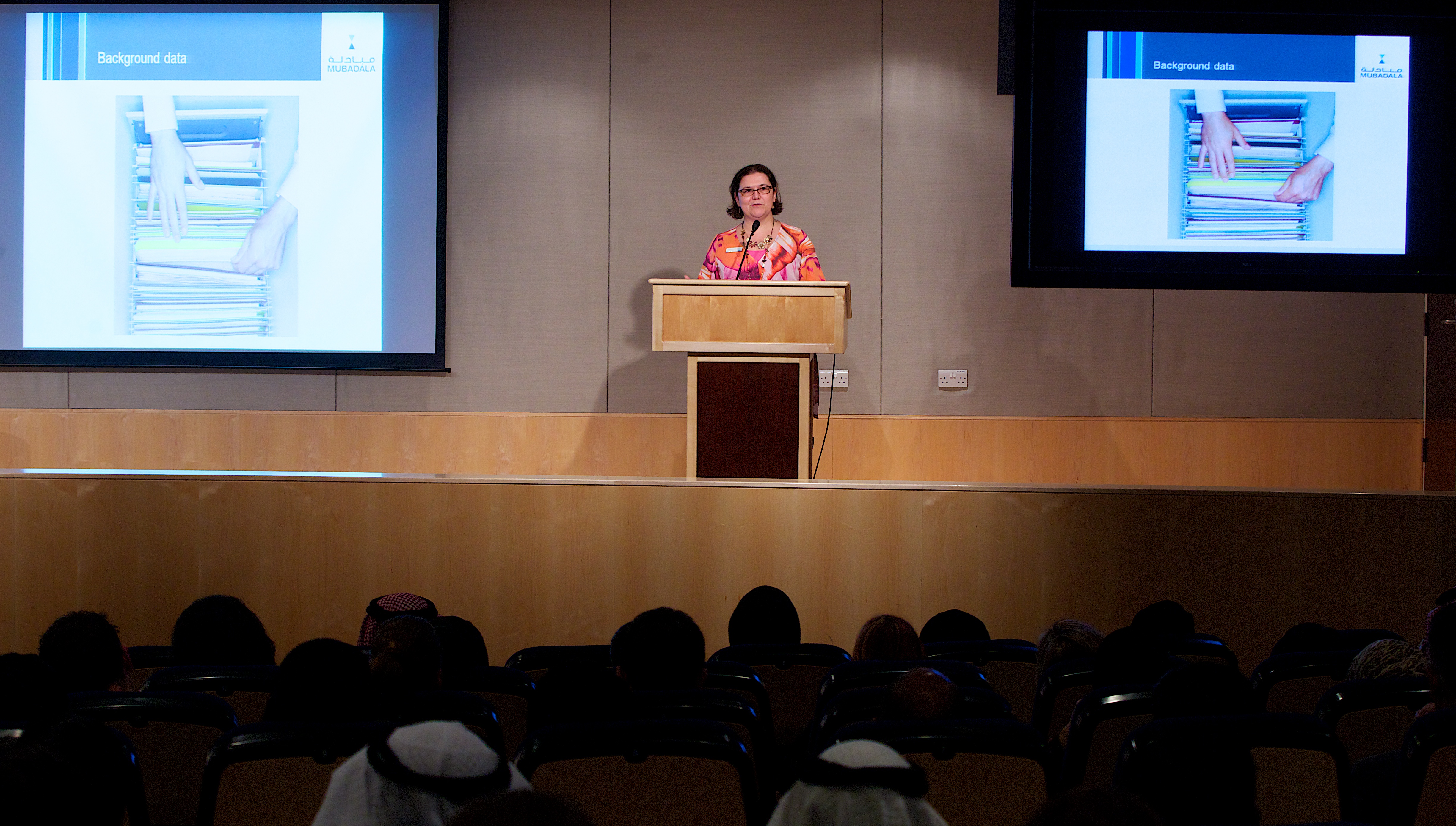As we got into salary review time or mid-year reviews, colleagues have asked me, almost every year, the same question about the promotion rate : “What is a reasonable benchmark for the number of employees to be promoted each year ?”
Now, bear with me please because my answer is one that usually is not very well received : “It depends”…..
Here are three of the factors that influence the numbers of promotions that can be reasonable for your company.
The first and most obvious factor is related to your company history.
What is the size of your organisation, its growth and its culture ? In a startup for example, promotions can be frequent and rather informal as existing employees take on expanded responsibilities in the same field, building teams as the company grows, or even taking on entirely new jobs together when the position gets created. There are multiple and frequent opportunities for promotion given the growth rate of the company.
In a mature organisation, the systems are more codified. You will need more layers of approvals, there is often a minimum length of tenure in the current grade, the number of opportunities may decrease (as a % of headcount, not in absolute numbers)… In short, a more mature organisation will often offer less frequent promotions.
The second factor is your employee repartition.
Usually junior staff can have promotions on a more frequent basis, while senior staff will stay on the same grade for extended periods of time. It makes sense, doesn’t it ? A Manager will not get promoted every 2 years, while a junior HR person at the beginning of their career for example, may.
It takes more time for a senior level to be “fully in the job”, up to one year if the position manages annual cycles. The manager needs to demonstrate vaue at his/her level. Projects span a much longer time. Handling change and turnarounds is done over a period of years, not months. And the higher you get in the organisational pyramid, the fewer job opportunities at the next level up there are. So, promotion rates vary based on the current grade of the employee.
The third factor is linked to your organisational structure.
How many grades are there in your organisation ? Is it a traditional grading with 20 or more levels, in which case prmotions can take place relatively often ? Or do you have a broadbanding system in place, with 4 or 5 levels and therefore more focus on lateral moves and skills growth rather than traditional promotions ?
Or maybe your company has a system such as the one in use at many professional services firms (law firms, accounting companies, consulting organisations…) with one,two or 3 subgrades such a Associate junior, career and advanced or Principal I, II and III. The level within the grade changes on a regular basis, for example it takes one year to move from junior to career, but the move from Associate to Principal is what is considered a “real” promotion and it takes more time to achieve that change of status.
As you can see, your company maturity, the composition of your employee population, and your grading structure, all have an influence on the frequency of potential promotions for your staff, and therefore on the promotion rate ie the number of employees promoted / total eligible employee population.
Does your company set a target promotion rate at review time ? Are there other factors which are of strong influence on the number of promotions available at your company ? Please share them with us in the comments section !
Related posts :




Thank you Sandrine for sharing. Promotion also depends on organizational growth(additional new positions) and the attrition(replacement against existing employees) too.
It is highly possible in Start-up / SME type organizations. In mature organizations where further growth is minimal and attrition rate too minimal… chances of promotion are lesser…. Only periodical increment happens in line with the market, which is around at Median level..